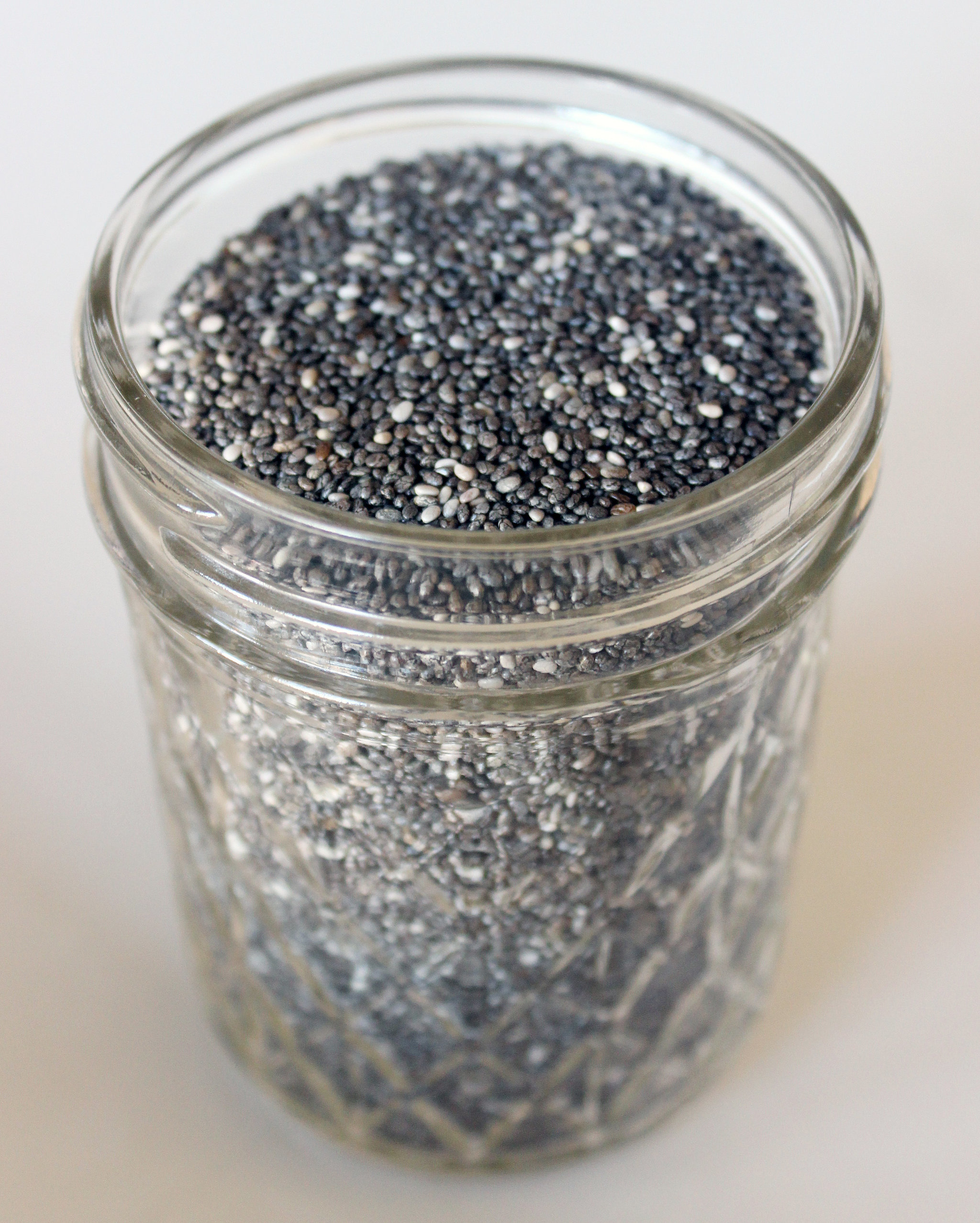Eating fruit is a delicious way to satisfy hunger and meet daily nutritional needs. However, most fruits contain sugar, which raises questions about whether they are healthy for people who have diabetes.
Is fruit unhealthy for people with diabetes? This article will look at what you need to know about fruit and diabetes.
Contents of this article:
What is fruit?
Fruits contain fiber which is very important for people with diabetes.
Most people can probably name several fruits such as oranges and apples, but not know why they are fruits. Fruits contain seeds and come from plants or trees. People eat fruits that are stored in many ways – fresh, frozen, canned, dried, and processed.
But aren’t tomatoes and cucumbers also fruits because they have seeds? There are many foods that are classed as fruits that may surprise some people. Tomatoes, cucumbers, avocados, peas, corn, and nuts are all fruits.
It’s fine to think of tomatoes and cucumbers as vegetables rather than fruits, however. What’s important is how much energy (calories) and nutrients each food has.
The bottom line: it’s not important to know the difference between fruits and vegetables but to know that both are good for health.
Does eating fruit play a role in managing diabetes?
Eating enough fiber plays an important role in managing diabetes. A diet high in soluble fiber can slow the absorption of sugar and control blood sugar levels. Many fruits are high in fiber, especially if the skin or pulp is eaten.
Many fruits are filling because they contain fiber and a lot of water.
Diets containing enough fruits and vegetables can reduce the risk of obesity, heart attack, and stroke. Obesity has been linked to type 2 diabetes.
Fruits are high in fiber and nutrients, so they are a good choice in meal planning. Fruits that have been processed such as applesauce and fruit juices have had their fiber removed.
Other health benefits of fruit
The good news is that fruit is healthy to eat for people with diabetes, according to the National Institute of Diabetes and Digestive and Kidney Diseases (NIDDK).
People with diabetes should eat a balanced diet that provides enough energy and helps to maintain a healthy weight. Some fruits are high in sugar, such as mangoes, but can be part of a healthy diet as long as not too many are eaten.
Fruits can also satisfy a sweet tooth without resorting to candy and other foods with low nutritional value.
Most fruits are high in nutrients and low in fat and sodium. Fruits also often contain nutrients not found in other foods.
Bananas contain potassium and tryptophan, an important amino acid. Citrus fruits like oranges and grapefruits are high in vitamins A and C, which are powerful antioxidants.
How much fruit should I eat?
Most guidelines recommend that adults and children eat five servings of fruits and vegetables each day.
The United States guidelines recommend that people fill half of their plate at each meal with fruits and vegetables. The remaining half of the meal would be protein and grains.
One serving is a medium-sized fruit, or a serving the size of a baseball. Smaller fruits like berries have a half-cup as the serving size.
A half-cup is also the serving size for fruit that has been processed, such as applesauce. Fruit juice is also a half-cup serving size, which is half of a regular, 8-ounce glass. Dried fruits like raisins and cherries are 2 tablespoons per serving size.
Like vegetables, it’s great for people to eat a variety of fruits to get their needed nutrients, as well as to enjoy their varied flavors.
Fruits for people with diabetes to eat or avoid
The American Diabetes Association (ADA) say that as long as people aren’t allergic, any fruit is fine to eat.
It’s important to consider the preparation of fruit, however. Fresh or frozen fruits are better than those that are processed that come out of a can or jar. Common examples of these fruits are applesauce and canned fruit. Dried fruit and fruit juices are also considered to be processed fruits.
Apples are a low GI food and so are good for controlling blood sugar levels.
People with diabetes should eat these processed foods sparingly. Processed fruits are more rapidly absorbed in the body and increase blood sugar. Also, many fruit preparations have lost some of their nutrients, including vitamins and fiber.
The NIDDK recommend that people with diabetes should avoid drinking fruit juices or canned fruits with added sugar, which are more quickly absorbed. This leads to a rise in blood sugar.
Fruit blends like smoothies also have a high sugar content, which can cause blood sugar levels to rise as well.
What is the glycemic index?
One way to choose fruits and other high-carbohydrate foods is to check the glycemic index (GI). The GI is a ranking of foods on a scale from 1 to 100, with their score indicating how quickly they raise blood sugar levels.
High GI foods are absorbed faster than medium or low GI foods. Low GI foods are best for helping control blood sugar levels.
It may be a surprise to learn that most fruits have a low glycemic index. Starchy vegetables like potatoes and grains are more rapidly digested and have a higher GI index.
Below is a list of fruits divided by GI index, as reported by the U.S. Department of Agriculture.
Low GI fruits (GI less than 55)
- Apples
- Avocados
- Bananas
- Berries
- Cherries
- Grapefruit
- Grapes
- Kiwi fruit
- Nectarines
- Orange
- Peaches
- Pears
- Plums
- Strawberries
Medium-GI fruits (GI of 56 to 69)
- Honeydew melon
- Figs
- Papayas
- Pineapples
High-GI fruits (GI Index of 70 or greater)
- Dates
- Watermelon
Menu suggestions for people with diabetes
People should aim to have at least five servings of fruits and vegetables per day. To do this, people should aim to have fruit or vegetables at every meal. Here are a few ideas for help with menu planning:
Citrus fruits
Citrus fruits are versatile and easy to add to meals. Lemons and limes can be added to seafood, sauces, and to a glass of iced tea or water on a hot summer day.
People can make their own fruit water by adding citrus slices to a pitcher of water. Let the water steep overnight to create a refreshing drink.
Berries
Berries are very easy to include with other foods such as oatmeal and meat.
Berries are tasty raw but easily cooked down into a compote to spoon on top of oatmeal or meat.
Put whole fresh or frozen berries into a saucepan with a tablespoon or two of water. Cook on medium or low heat until the berries have broken down into a thick sauce. One serving is half a cup.
Apples
Apples are a popular fruit and are delicious eaten raw for a snack or dessert. When cooked, apples have a deeper flavor, making them a favorite in cooked desserts spiced with cinnamon or ginger.
A recipe by the ADA suggests marinating apples in a bit of honey and spices and then cooking them on a grill. To finish, roll the apples in crushed walnuts or pecans.
Avocados
Avocados are high in fat, but they contain the good kind of fat – monounsaturated fat. Research suggests that avocados may be heart healthy by keeping good cholesterol levels high.
Avocados are eaten raw and can be served sliced, in salsas, or as guacamole. Avocados are easy to prepare by slicing them in half around the pit. Discard the pit and mash the avocado.
Add herbs and vegetables to taste. Lime or lemon can also be added to avocado for a citrus boost.




